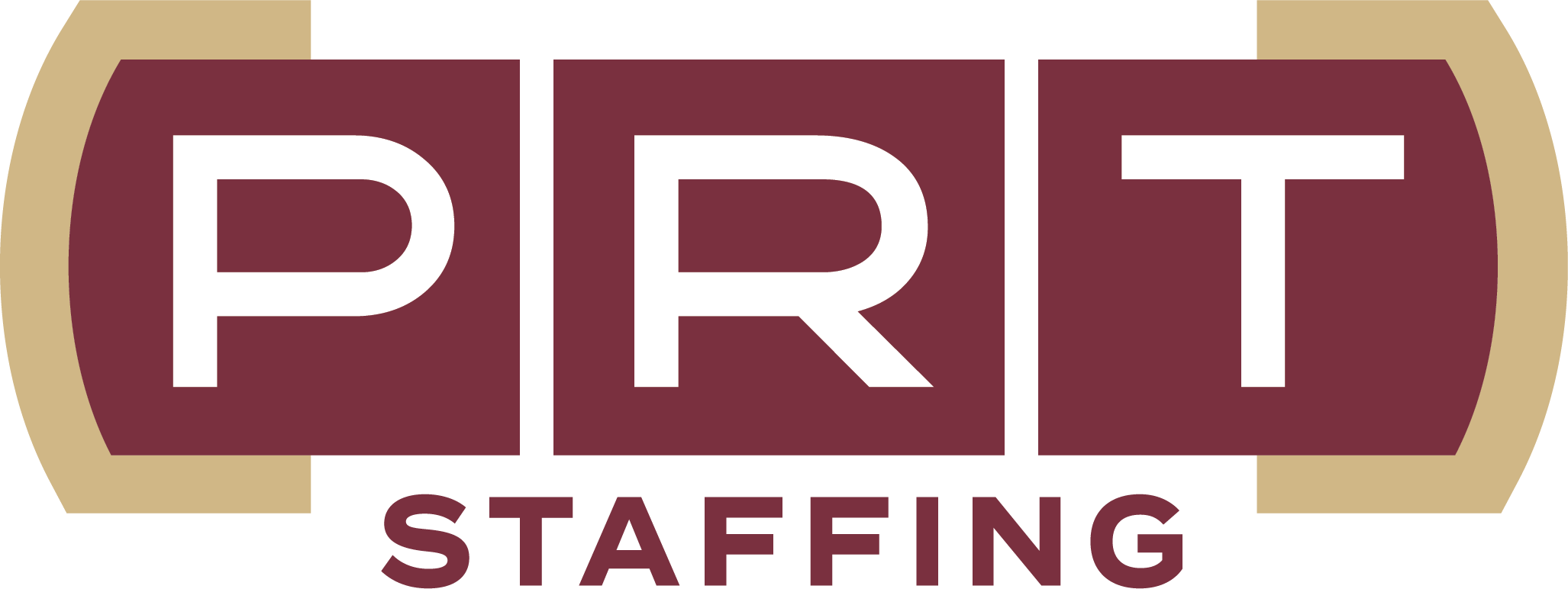The Power of Workplace Culture: Attracting and Retaining Top Talent
U.S. employment rates rose above 4 percent this summer for the first time since early 2022, but the labor market remains tight in the near term, making the search for top talent as crucial as ever.
“The raw data on U.S. job vacancies present a puzzle on both counts. In the official data, vacancies soared during the pandemic and –though much lower – still remain at levels that suggest the labor market is moderately tight,” reported the Federal Reserve Bank of Minneapolis in September. “Yet the unemployment rate is unequivocally on the rise, from a historic low of 3.4 percent in 2023 to 4.3 percent in July 2024. At the same time, we have seen no sign of mass layoffs.”
In what should be an “employer’s job market” there are some surprising challenges with Workday reporting that top talent is hard to find and harder to keep in 2024.
“The sheer volume of applications means that top talent is hard to find in a sea of candidates, and now with early signals that high-potential employees are starting to leave, top talent will be even harder to keep,” said Workday.
In this environment, workplace culture emerges as a powerful tool for organizations to differentiate themselves and secure the best talent.
“A healthy culture fosters engagement, boosts productivity, and attracts top talent,” wrote Virginia Hogan for Forbes earlier this year. “However, creating and maintaining such an environment requires concerted efforts from both leaders and employees.”
What is Work Culture?
"Work culture" refers to the environment, values, beliefs, and practices that define an organization and how its employees interact and work together. It's the collective ethos that shapes the behavior and attitudes of the workforce.
It’s a term that can be defined differently depending on your perspective.
A 2022 article in the Advanced Journal of Accounting, Management and Marketing Research defined the concept of work culture as “the study of beliefs, thought processes, and attitudes of the employees; Ideologies, and principles of the organization. It is the cumulative effect that leadership practices, employee behavior, workplace amenities, and organizational policies create on a worker/stakeholder. It can be measured as either positive or negative work culture. It is the work culture that decides the way employees interact with each other and how an organization functions.”
The article differentiated between “work culture” and “corporate culture”:
- Corporate Culture: Refers to the shared set of values, goals, and operational principles active at your organization. It is determined at a strategic level and primarily relates to the external-facing impacts of culture.
- Work Culture: Is acted out daily, influenced by your managers, leaders, frontline employees/vendors. IT is an intangible concept, but one that has an immense effect on employee experiences.
How Work Culture Matters to Talent Outcomes
Work culture is not just a nice-to-have but is a critical driver of talent outcomes. Here’s how:
- Attracts Top Talent: A strong workplace culture acts as a magnet for high-quality candidates. Almost three in five people say they would decline a job offer if they didn't feel completely on board with the company's culture. Organizations with robust cultures have a significant advantage in attracting top talent, as candidates are increasingly prioritizing cultural fit in their job search.
- Boosts Talent Development: A positive work culture fosters an environment of continuous learning and growth. Companies that invest in employee development through mentorship programs, career development plans, and learning opportunities demonstrate their commitment to their workforce's growth, leading to enhanced skills and increased job satisfaction.
- Engages Existing Employees: Engaged employees are more productive and committed to their organization's success. Studies show that organizations with strong cultures have up to 72 percent higher employee engagement than those with misaligned cultures. This increased engagement translates to higher productivity, with highly engaged teams achieving 21 percent greater profitability.
- Reduces Attrition: A strong cultural fit between employees and their organization significantly reduces turnover. 81 percent of hiring managers believe that candidates are less likely to leave when working for an organization where they are a good cultural fit. This reduced turnover saves organizations substantial costs associated with recruitment and training.
- Drives Performance: Employees who align with their company's culture tend to perform better. 85 percent of hiring managers believe that employees perform better at their job when they are a good cultural fit. This improved performance directly impacts the organization's bottom line and overall success.
Best Practices to Build the Right Culture
By building the right culture you can create a positive and productive work environment that attracts and retains top talent, drives innovation, and boosts overall organizational performance.
Here are some best practices to build the right culture:
- Define and communicate core values: Clearly articulate your organization's values and ensure they are consistently communicated and reinforced throughout the company.
- Foster transparency and trust: Create an environment of open dialogue where employees feel safe sharing ideas and feedback.
- Promote continuous learning: Offer ongoing training and development opportunities to support employee growth and adaptation to industry changes.
- Empower employee voice: Encourage employees to contribute ideas and participate in decision-making processes.
- Recognize and appreciate contributions: Implement a robust recognition system that acknowledges both individual and team accomplishments.
- Foster well-being and work-life flexibility: Offer flexible working arrangements and prioritize employee well-being to maintain job satisfaction and productivity.
- Build supportive leadership style: Develop leaders who embody the organization's values and support their teams effectively.
- Build diverse workforce: Embrace diversity and inclusion to foster innovation and create a more dynamic workplace.
- Move to holistic reviews and assessments: Implement comprehensive performance evaluations that consider cultural fit alongside technical skills.
- Encourage social connections: Facilitate team-building activities and social events to strengthen relationships among employees.
How to Hire Top Talent that is a Cultural Fit with Your Organization
When hiring for cultural fit, it's essential to go beyond technical skills and assess candidates' alignment with your organization's values and work style. Here are some strategies:
- Clearly communicate your culture in job descriptions and throughout the hiring process.
- Use behavioral interview questions to assess cultural fit.
- Involve team members in the interview process to gauge how well the candidate might integrate.
- Consider using psychometric tests or other external examinations to assess cultural fit.
- Provide opportunities for candidates to interact with current employees and experience the workplace firsthand.
Building a positive workplace culture is an ongoing process that requires commitment from both leadership and employees. By focusing on creating an environment that aligns with your organization's values and supports employee growth and well-being, you can attract and retain top talent, driving your company's success in the long term.
If you're looking to enhance your workforce with skilled professionals who align with your company culture, consider partnering with the Personnel Response Team (PRT).
PRT offers comprehensive staffing solutions, focusing on providing skilled workers to various sectors including Construction, Industrial and Energy, Manufacturing, Hospitality and Events, and Disaster Recovery.
Contact PRT today to learn how they can support your staffing needs and contribute to building a strong, culturally aligned workforce.





